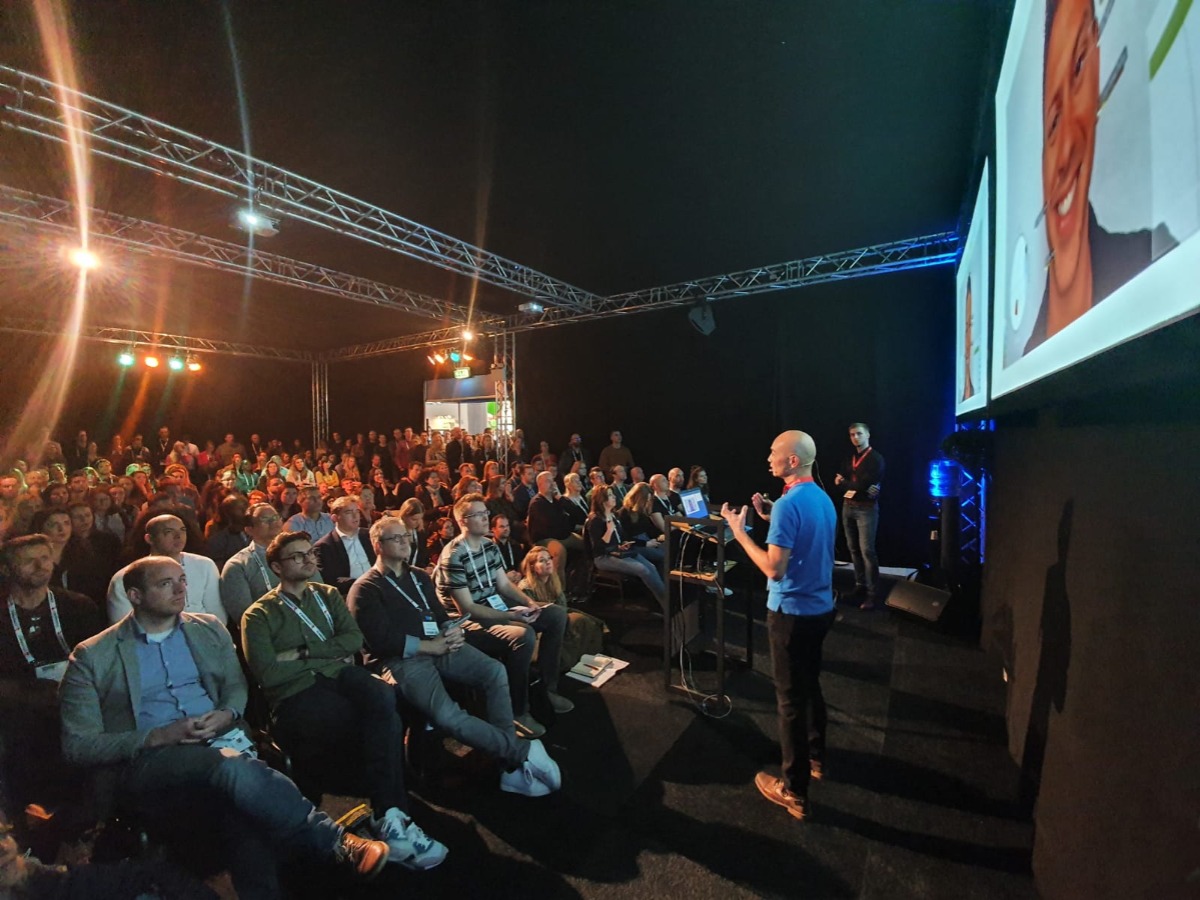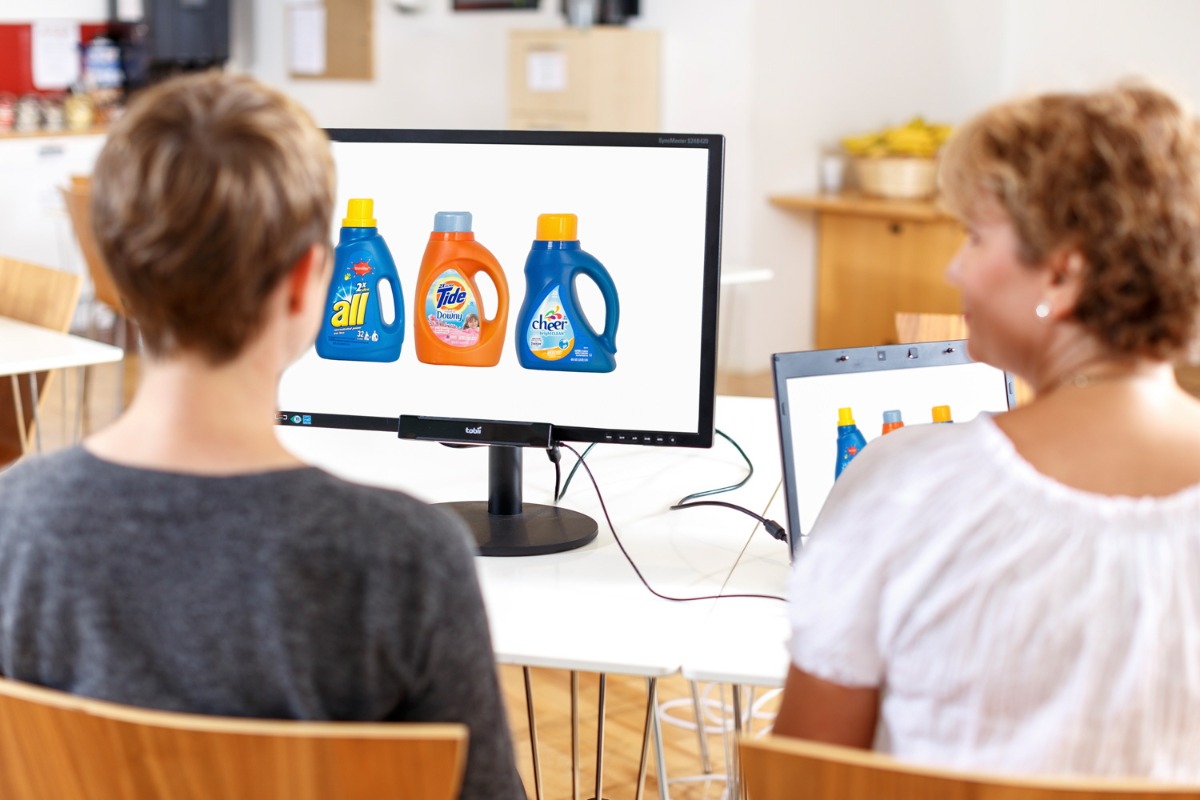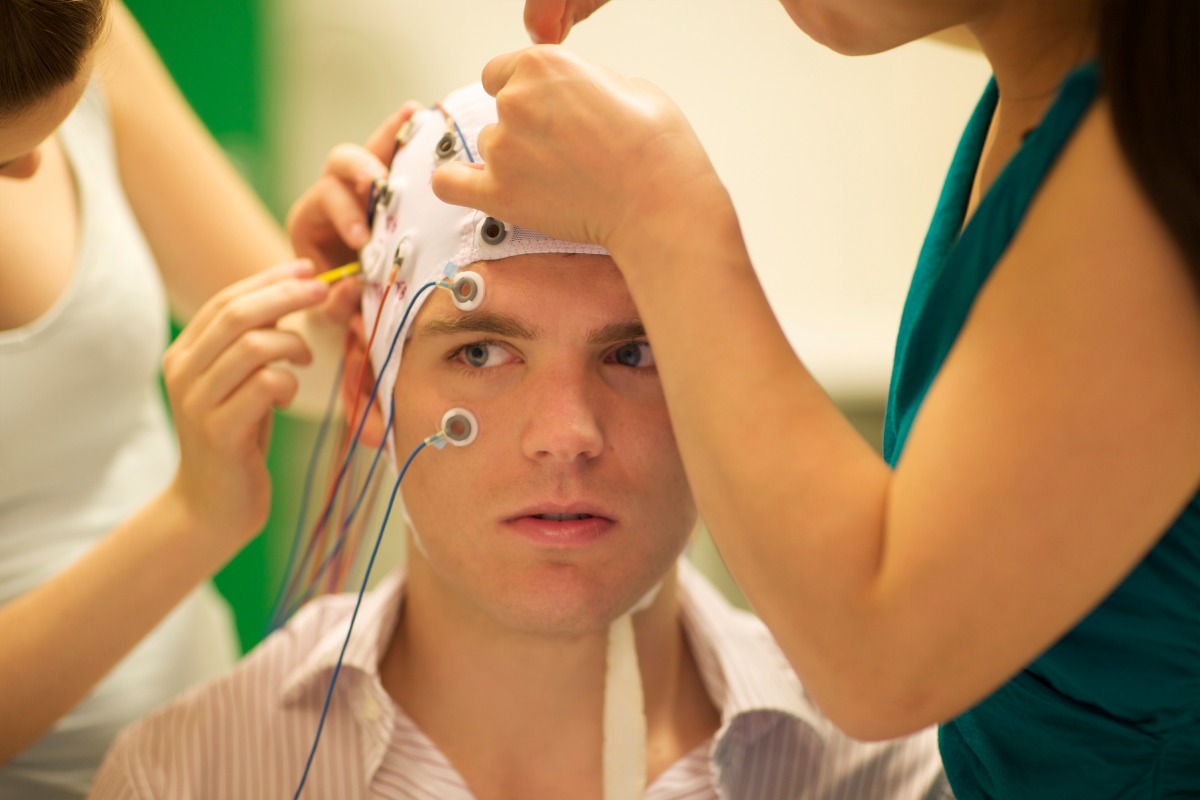
Neuromarketing: hope or hype?
The application of neuroscience methods to marketing – neuromarketing – is growing in popularity. Last week at an event with 13.000 visitors, a colleague of mine Patrick Zimmerman presented ‘Neuromarketing for webshops’ together with Evoworks. Patrick explained the practical application of neuroscience tools in marketing.

The hope of all marketers
Marketers hope that neuroscience will provide them with information that is not obtainable through conventional marketing methods such as questionnaires and focus groups. Can neuroscience be the holy grail of the study of consumer buying behavior online or offline?
Solving the puzzle
There are a number of well-established methods for measuring and mapping brain activity. The most commonly used methods applied in neuromarketing include electroencephalo-graphy (EEG), magnetoencephalography (MEG), and functional magnetic resonance imaging (fMRI) but other (“non-neuro”) methods like eye tracking, face reading, and measuring physiological responses are growing in popularity.

In my experience combining methods is crucial for gaining insight in something as complex as liking and wanting. Each method (including the traditional ones like interviews and focus groups) can give valuable information. The combination is like bringing the pieces of the jigsaw puzzle together.
Limitations of using neuroscience methods for neuromarketing
EEG is a relatively old technology in neurology, but it is still considered a good way to measure brain activity. However, the limitation of EEG is that it does not have good spatial resolution, which means it cannot precisely locate where the neurons are firing in the brain (especially in deeper, older structures).
While EEG measures the electrical activity in the brain, MEG measures the magnetic field created by neuronal activity. MEG has excellent temporal resolution and better spatial resolution than EEG. However, like EEG, MEG is limited to picking up activity at the surface of the brain. Another disadvantage of MEG is that the technique is expensive and therefore not readily available to the average marketer or market research agency.
fMRI measures the change in blood flow in the brain. fMRI has the major advantage of being able to image deep brain structures, especially those involved in emotional responses. Although it is often claimed that fMRI is a non-invasive method, that is, of course, not the case. A scanner is not a supermarket or a home situation where factors like the presence of other people or the abundance of other products than the one your company is interested in can influence choice behavior. This technique is also expensive, which is another disadvantage of using fMRI.

Extremely hard to explain buying behavior
The major drawback of all three methods is that the data are difficult to interpret. It is one thing to see which parts of the brain become active in response to a stimulus; it is another to interpret what this means or what you can do with it. Neuroscience is a discipline in itself and although there is a wealth of scientific information about the brain and specific areas such as the reward center, the translation of all this information into predictive models that explain why we buy certain products and not others is still extremely hard.
The marketing hype
And let’s face it: marketing is not interested in science or complexity. A marketer wants to increase the conversion ratio with a solution that just says ‘this advertisement will generate lots of traffic to our webshop’ or ‘this online quote generator will increase sales’.
Rather than trying to understand complex neuroscientific data, there is a temptation to oversimplify and over-claim.
And there is the threat.
If we keep in mind that hidden “buy buttons” are a fantasy, neuromarketing is here to stay and will evolve in a discipline that can fundamentally change how we design, promote, price, and package our products.

Get the latest blog posts delivered to your inbox - every 15th of the month
more

Consumer research – what determines food satisfaction?
In a recent study, Barbara Andersen and Grethe Hyldig from the National Food Institute of Denmark zoomed in on food satisfaction from a consumer perspective.
Shopping behavior - what can we measure in a retail environment?
Shopping ambience conditions such as light, sound, and smell are thought to affect shoppers’ browsing behavior and can increase sales due to impulse buying.

